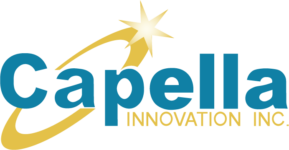Environmental and Swab Testing
All food handling companies and establishments should employ an environmental sampling program to monitor for food spoilage microorganisms and food poisoning pathogens. Such a program, if well designed will enable the detection of unacceptable microbial contamination in a timely manner.
Over the last decade environmental monitoring has changed from essentially random sampling, employing imaginary grids over a production area and testing points within each grid, to current methods that are focussed on risk assessment to determine the most appropriate methods for monitoring.
Sampling programs should include the collection of samples during production on a regular basis from work surfaces in a randomised manner which will reflect the differing working conditions. In addition, samples should be taken from these sites after sanitising and from sites which may serve as harbours of resident organisms.
Sampling should not only be conducted on food contact surfaces, but the evaluation of non-food contact surfaces such as conveyor belts, rollers, walls, drains and air is equally as important as there are many ways (aerosols and human intervention) in which microorganisms can migrate from non-food contact surfaces to food. The results of these samples should be tabulated as soon as available and in such a way that they can be compared with previous results in order to highlight trends.
Capella Innovation can also offer advice on how to set up food factory environmental control and monitoring plans to help meet the specifications required for good food factory environmental hygiene.

